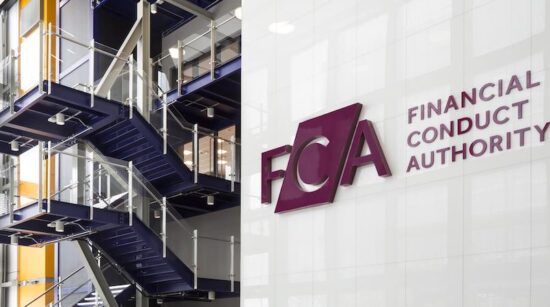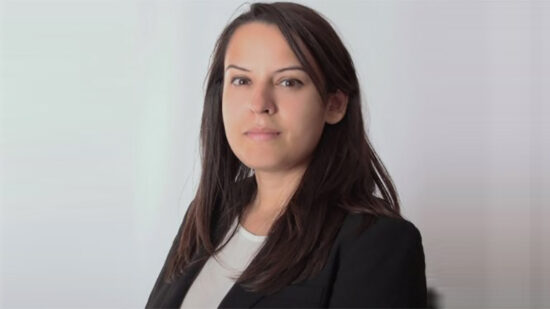One critical question is: ‘Are we still in a period of economic and financial fragility or are we in a new phase of sustainable economic growth and stability?’.
We also ask questions surrounding sustainability for companies we analyse and in which we own equity. Questions of sustainable competitive position; of franchise; of pricing power and of business model. We also question the sustainability of company dividends now and into the future. It is also worth assessing the sustainability of valuation for any asset you own.
Whether something is sustainable or not is certainly a vexed question, there are so many variables and uncertainties, but it is a good question to ask.
The recent couple of years have brought into question the sustainability of dividends in certain sectors and companies.
Dramatic drops
Recent falls in US and European dividends were dramatic in aggregate. Year on year falls in European dividends per share were minus 30% in Europe and minus 21% for the US S and P 500 (the worst year since 1938).
The year on year falls in Asia and for the world indices were also around 20%. In the circumstances of global historical nominal growth since 1970 being plus 6% per
annum, this was a painful correction. It was even worse in sectors such as automobiles, property, commodities and financials.
Financials in Europe cut their dividends by 70% and some passed payments altogether. This all turned what appeared to be high yields into very little or nothing. Companies with low or negative free cash flow generation and/or high debt are unlikely to be able to pay sustained dividends.
Sustained dividends
Companies with managements who do not follow capital disciplines and do not aim to ultimately return value to shareholders will not pay sustained dividends. We are seeking the optimal combination of income and real capital appreciation so we like to seek sustained dividends where there is proof of cash flow and cash returns to shareholders.
Whilst historic and prospective yields have fallen significantly since one year ago, we are still able to find areas of soundly based yield with growth characteristics.
Diversified healthcare is one such area where we can identify companies such as Merck with a strong balance sheet and free cash flow generation.
A yield in excess of 4% is based on a sustainable and growing dividend. For a company with high single digit compound annual growth of earnings out to 2015 and good return on equity, we judge Merck’s earnings to be undervalued.
There are sources of further upside in the merger with Schering Plough and a steady stream of new product filings over the coming three years. The valuation of this company has not been caught up in the frenzied search for ‘recovery’, strong cyclical upside or ‘emerging market exposure’, all of which has led to the typical multiple expansion of a phase in the equity market we have termed ‘travelling hopefully’.
During the quarter we found new investable ideas on sound entry price valuations in various sectors including Oil and Gas exploration/production; property and toll roads.
Dividend stabilisation
The dividend outlook is now stabilising across the sectors that make up the market. Concerns over refinancing and pension deficits are receding. With a very wide range of outcomes case-by-case, in aggregate dividends could grow this year from a lower base by between 5 and 10%. Companies are keen to signal their strength or recovery, in many cases companies are financially stronger and have more options than households or even countries.
During the quarter we continued to develop our record of dividend payments as well as our track record of global equity income investing which passed through its fifth year.
We paid an interim dividend, which grew year on year on a per share basis and is consistent with past years in that it is small in relation to the final dividend we pay in September.
Our five year track record is of consistent payment of income with a real return to the capital. As at the end of February, the Fund’s 5th anniversary, we have delivered a return of 10.5 % annualised over five years versus 6.2% for the equivalent MSCI World index.
‘Real returns’
The delivery of this five year performance, a period which has seen dramatic moves in equity markets, has been as a result of our focus on generating income orientated total real returns over a 3-5 year time horizon. However, our real return mindset leads us to be more circumspect when valuations do not appear to offer suitable medium term returns.
Consequently, given valuation does not drive markets (they are about what price you pay), there can be periods when we shall lag markets driven by ‘liquidity’ or ‘momentum’.
These periods represent timeframes when investors’ herd instincts can lead to, at best, valuation insensitivity. The first quarter of 2010 represented a context where there was a major change in herd instinct.
By early February concerns on China’s tightening programme, financial sector regulation and sovereign debt risk (notably Greece) had led markets lower. Then there was a significant rally (notably in March when the MSCI World Index in sterling terms rose 7%). We, as would be expected, lagged this cyclical rally. We expect, overtime, to continue to deliver good income led total real returns.








